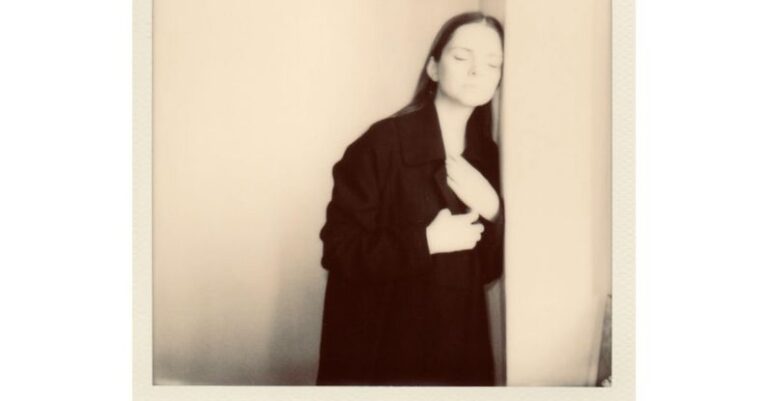Are Modular Layouts the Future of Catalog Design?
In the fast-paced world of design and marketing, staying ahead of the curve is essential. With the rise of digital platforms and the ever-changing landscape of consumer preferences, businesses are constantly seeking innovative ways to grab the attention of their target audience. One trend that has been gaining traction in recent years is the use of modular layouts in catalog design. This approach offers a flexible and dynamic way to showcase products and services while providing a seamless user experience. Are modular layouts the future of catalog design? Let’s delve into the advantages and possibilities this design trend offers.
Enhanced Flexibility and Adaptability
Traditional catalog designs often follow a fixed layout, making it challenging to accommodate changes or updates. In contrast, modular layouts offer a high degree of flexibility and adaptability. By breaking down the content into modular units, designers can easily rearrange and customize the layout to suit different products or promotions. This flexibility allows for quick updates and modifications, ensuring that the catalog remains current and relevant.
Dynamic Visual Impact
Modular layouts provide a dynamic visual impact that captures the attention of the audience. By using varying sizes and arrangements of modules, designers can create visually striking layouts that draw the viewer in. This approach allows for creative experimentation with different design elements, such as images, text, and whitespace, resulting in a more engaging and interactive catalog experience.
Improved User Experience
User experience is a crucial aspect of any design project, and modular layouts excel in this area. By organizing content into easily digestible modules, designers can guide the user through the catalog in a logical and intuitive manner. Users can navigate the catalog effortlessly, focusing on specific products or sections of interest without feeling overwhelmed by cluttered or disorganized layouts. This streamlined user experience enhances engagement and encourages exploration, ultimately leading to higher conversion rates.
Seamless Integration Across Platforms
In today’s multi-channel marketing landscape, consistency across different platforms is key to establishing a strong brand identity. Modular layouts lend themselves well to seamless integration across various channels, including print, web, and mobile. Designers can adapt the modular structure to fit the requirements of each platform, ensuring a cohesive and unified brand presence across all touchpoints. Whether viewed in a physical catalog or on a website, users will experience a consistent design language that reinforces brand recognition and trust.
Personalization and Targeted Marketing
Personalization has become a standard practice in marketing, allowing businesses to tailor their messaging to specific audience segments. Modular layouts facilitate personalization by enabling designers to create targeted content modules that speak directly to different customer groups. By customizing the layout based on user preferences, browsing history, or demographic data, businesses can deliver a more personalized and relevant catalog experience. This targeted approach increases the chances of conversion and fosters customer loyalty.
Future Possibilities and Trends
As technology continues to evolve, the possibilities for modular layouts in catalog design are endless. Augmented reality (AR) and virtual reality (VR) technologies offer exciting opportunities to enhance the interactive and immersive aspects of modular catalogs. By integrating AR features that allow users to visualize products in real-world settings or VR experiences that simulate a virtual shopping environment, businesses can create a truly engaging and memorable catalog experience.
Innovations in data analytics and artificial intelligence (AI) also hold promise for the future of modular catalog design. By analyzing user behavior and preferences, AI algorithms can recommend personalized product suggestions or dynamically adjust the layout in real-time to optimize engagement. These data-driven insights enable businesses to refine their catalog design strategies and deliver more targeted and impactful marketing campaigns.
Embracing the Future of Catalog Design
In conclusion, modular layouts offer a versatile and forward-thinking approach to catalog design that aligns with the evolving needs of modern consumers and businesses. With their flexibility, visual impact, user experience benefits, and potential for personalization, modular layouts are poised to shape the future of catalog design. By embracing this design trend and exploring innovative technologies and strategies, businesses can create compelling and engaging catalogs that resonate with their target audience. Are modular layouts the future of catalog design? The answer seems to be a resounding yes.






